Ashwagandha, African Ecotype (Withania somnifera) seeds, organic
Price range: $4.95 through $12.00
Family: Nightshade (Solanaceae)
Hardy to Zones 8 to 12, otherwise grown as a 110 day annual
Perennial, grown as an annual in the temperate north. Attains a height of 4 to 5 feet–taller than the Vedic types. The roots are redder in color than the Vedic types. We note that the roots have a more warming and stimulating activity than the Vedic types. Native to Africa, this is an ecotype with large leaves and very fast growth. Traditional usage (Dawa za Asili): energy and sexual tonic. Plant prefers full sun, fast-draining, alkaline (pH 7.5 to 8.0) soil and dryish conditions. Sweeten regular garden soil with ground limestone. Light dependent germinator. Sow in early spring indoors or in the greenhouse. Average germ time 15 days. Space 2 feet apart. Produces eventually the lantern-like pods enclosing the pea-sized fruits, green at first and becoming bright red as the inflated calyx dries and becomes transparent.
Packet contains 50 seeds
1 g contains ~650 seeds
5 g contains ~3,250 seeds
10 g contains ~6,500 seeds
Certified Organically Grown


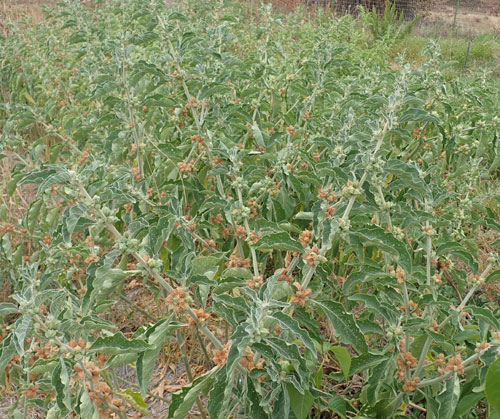
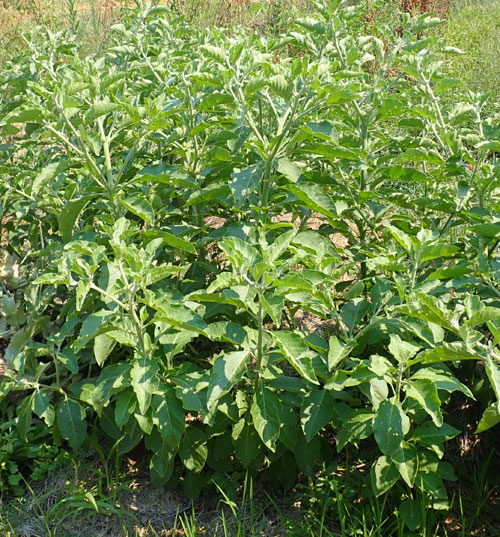

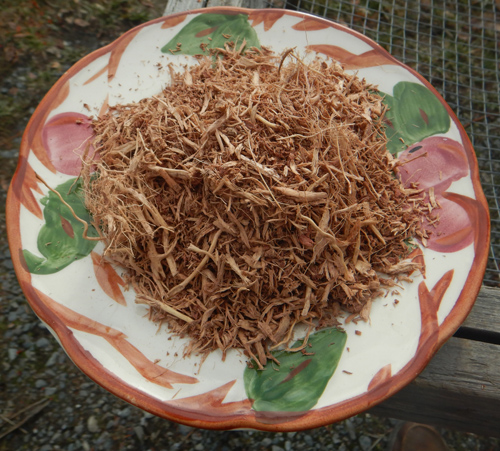
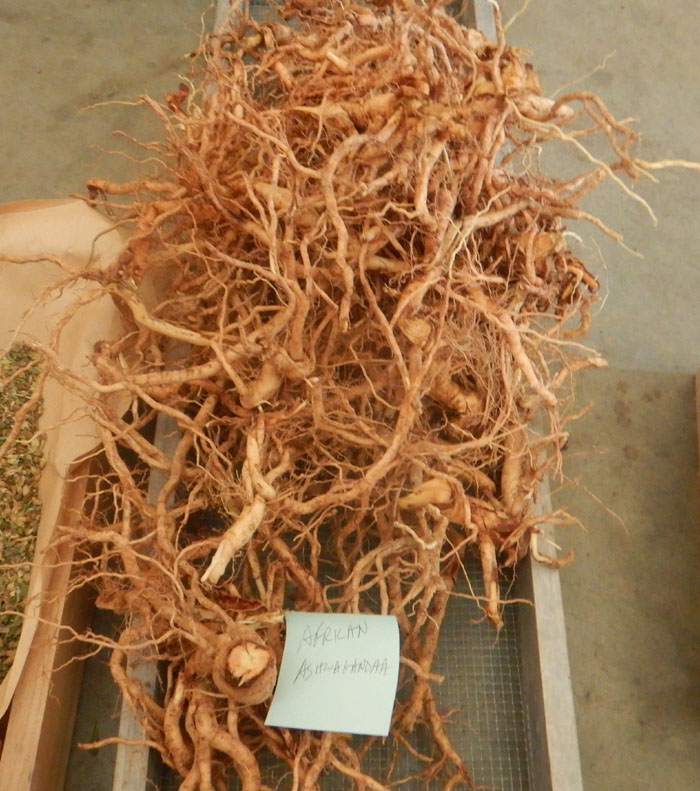
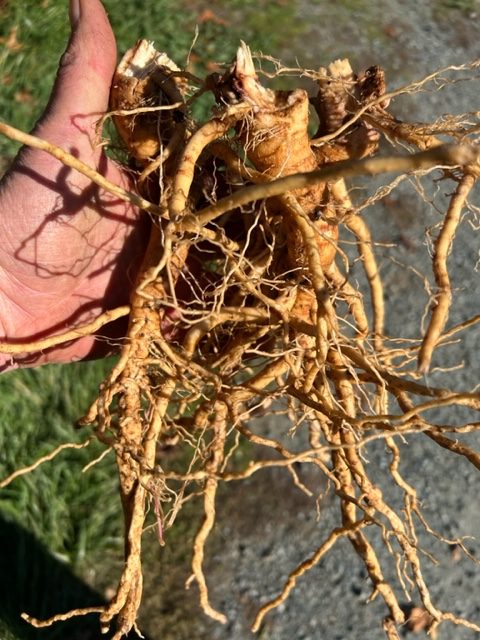
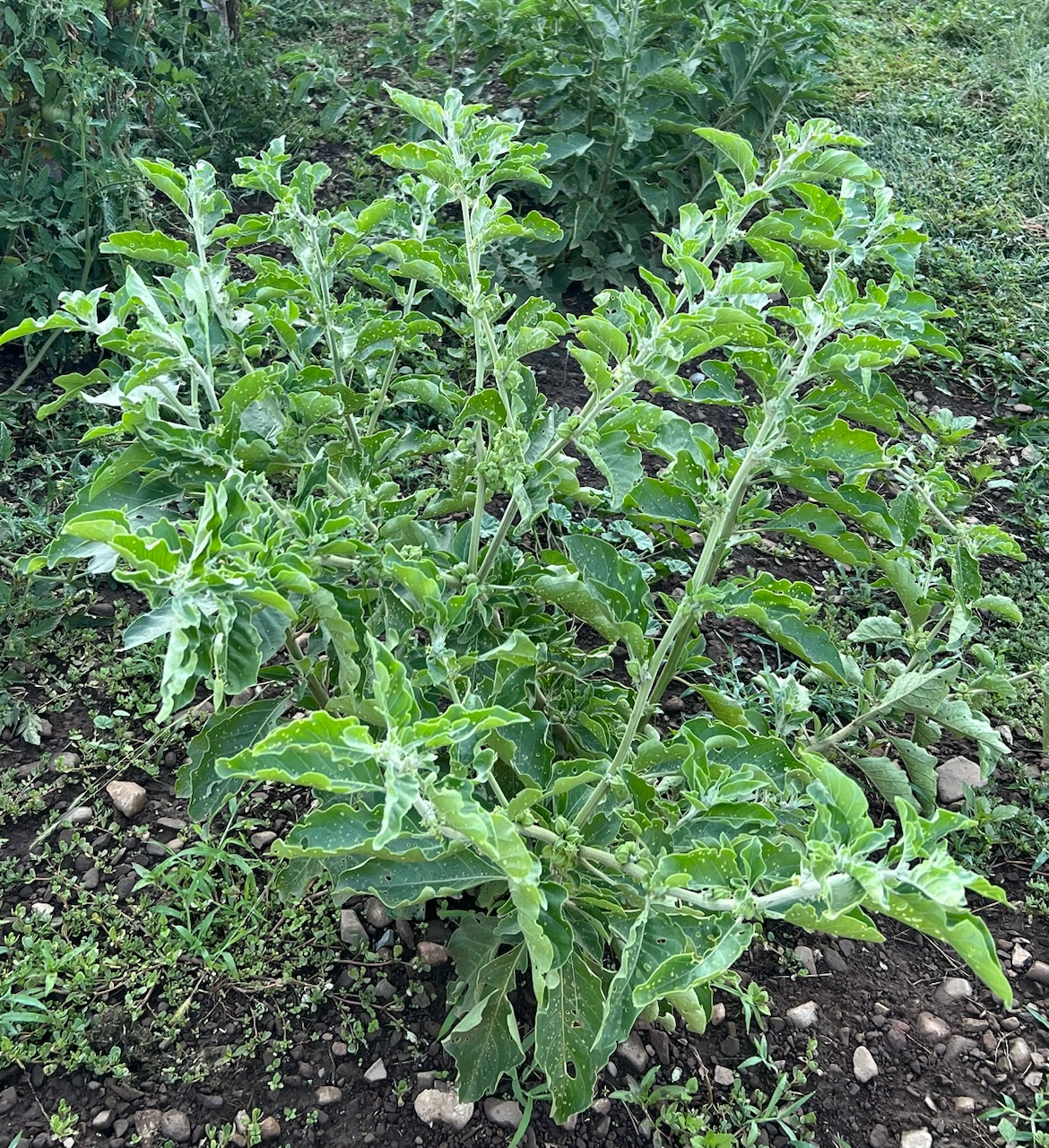
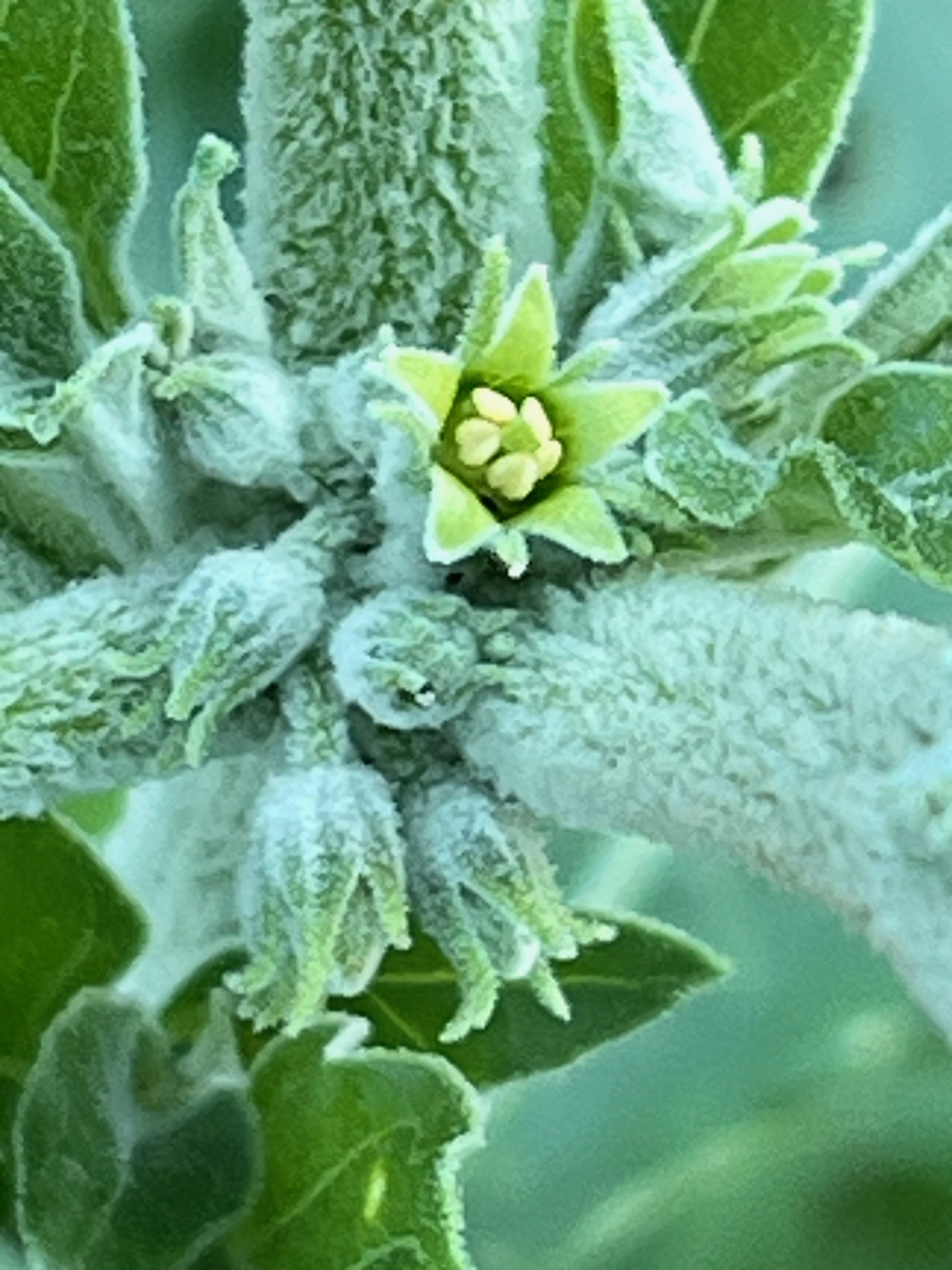

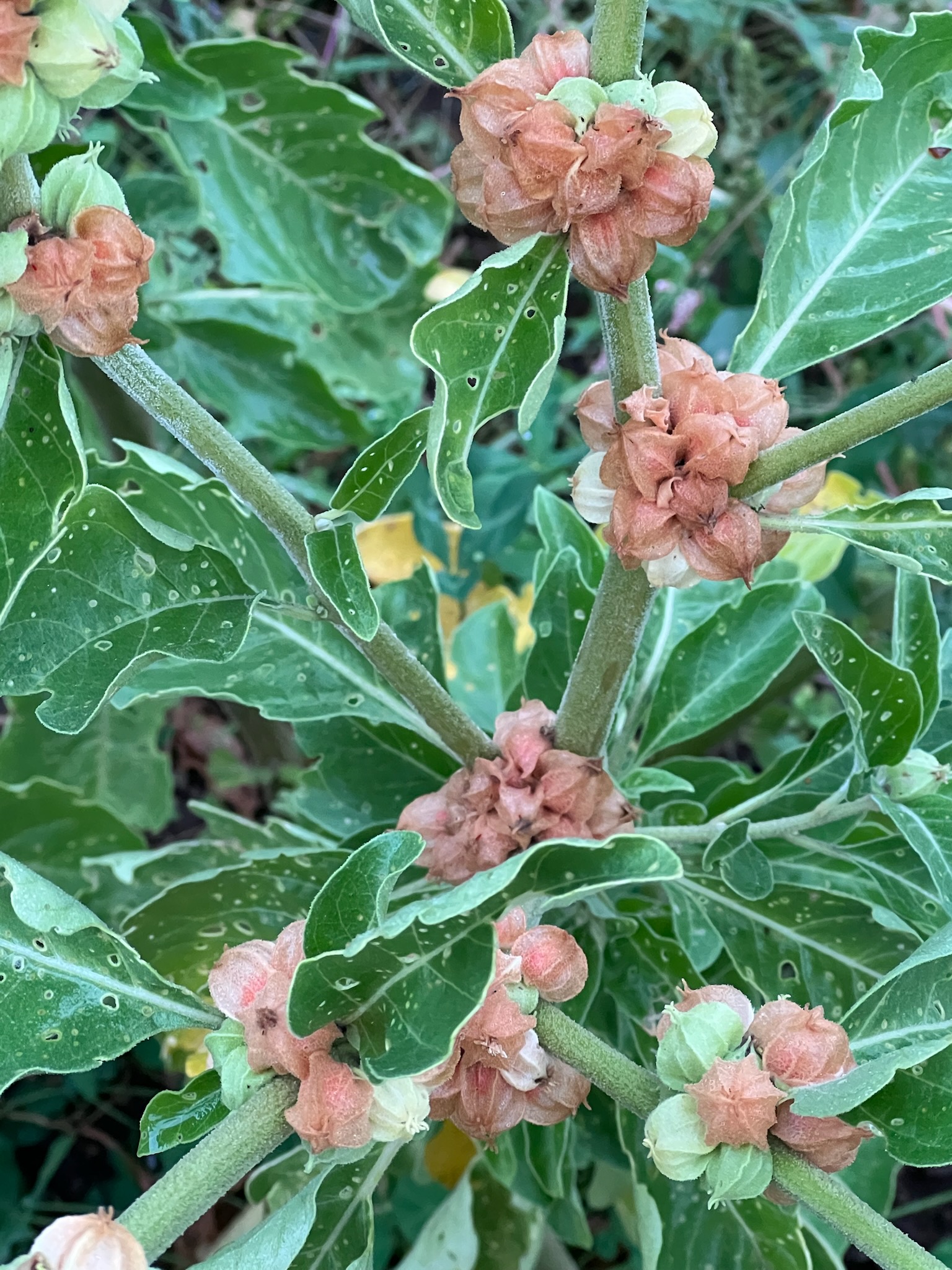

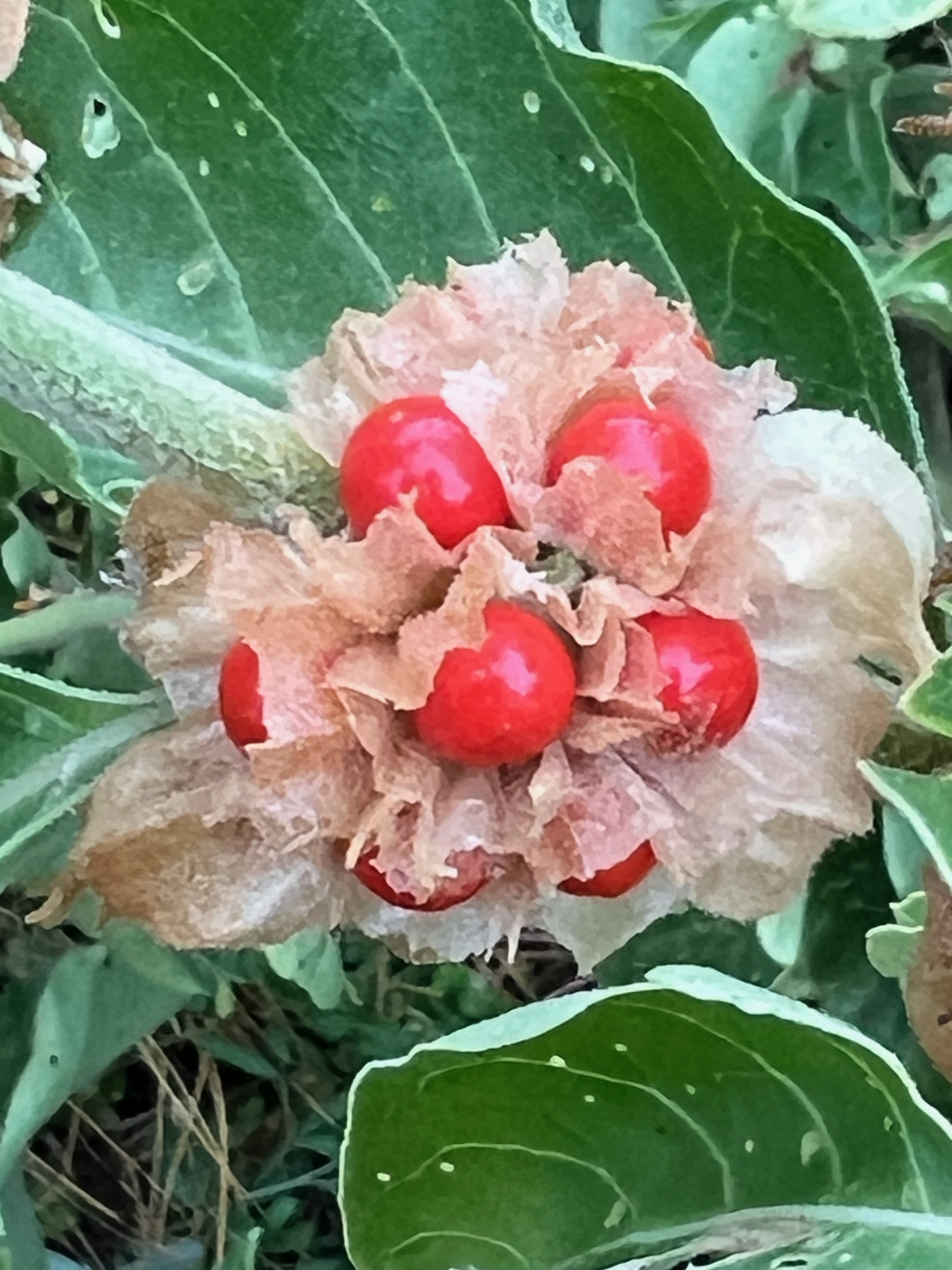
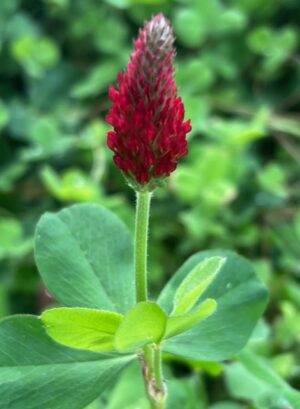
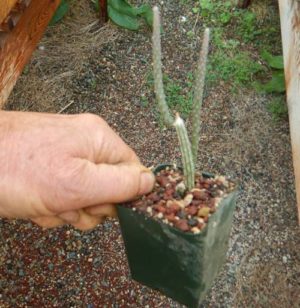
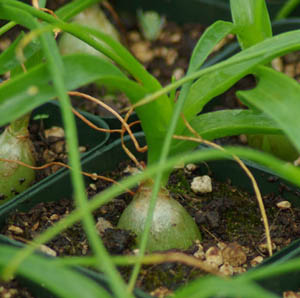
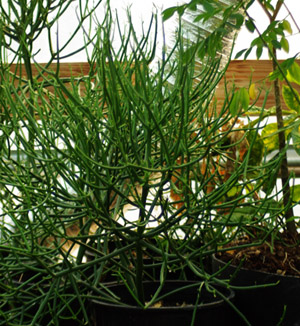
Nicole –
We purchased both Vedic and African seeds from you years ago and have let them cross at our farm. We have been saving the seed ever since. This year I don’t think we are going to be able to do that majority of the harvest before the first frost here. It will be getting down to 28° for a few nights (zone 8a) and we plan to do the harvest the following week. Have you had success harvesting after first frost?
Upvote if this was helpful (0) Downvote if this was not helpful (0) Watch Unwatch Flag for removal
Richo Cech –
Hi nicole,
Thanks for your good works. Roots may be dug successfully for a week or two after first frost. Berries and seeds generally no good after frost. If you’d lke to get back to a pure strain, start again with seeds from this website. We now have the nagori cultivar which will mature faster and may be a better choice for you.
Richo
Upvote if this was helpful (1) Downvote if this was not helpful (0) Flag for removal
David Saha –
Strong plant in zone 9. Started in fall, grew in greenhouse tunnel over winter, harvested great in mid/late summer.
Upvote if this was helpful (1) Downvote if this was not helpful (0) Watch Unwatch Flag for removal
Rebecca –
Hi. Ive noticed you recommend drying Ashwagandha root before tincturing in your book Making Plant Medicine. What is the reason for not tincturing it fresh? Thanks in advance for sharing your knowledge!
Upvote if this was helpful (1) Downvote if this was not helpful (0) Watch Unwatch Flag for removal
Richo Cech –
Hi Rebecca,
Remember that this is in the Solanacea and contains toxic elements that are ameliorated by the drying process. If you go to India, not only is the root not used fresh, it is cured in cow urine as well as dehydrating, but we’ve been skipping the cow urine part. Dry your ashwagandha before use. Best to GRIND it in the fresh state as it is very hard to grind once dried whole. Richo
Upvote if this was helpful (7) Downvote if this was not helpful (0) Flag for removal
Donna –
Any luck in zone 9?
Upvote if this was helpful (5) Downvote if this was not helpful (0) Watch Unwatch Flag for removal
Richo Cech –
hi donna, yes, if you double-click on the photo you’ll get the monograph that gives the zone recommendations: Hardy to Zones 8 to 12, otherwise grown as a 110 day annual
The good thing about ashwagandha and a zone 9 is that the plant is going to perennialize there. That means you can dig at the end of the growing cycle in the second year and get a lot more root for your effort. richo
Upvote if this was helpful (5) Downvote if this was not helpful (0) Flag for removal